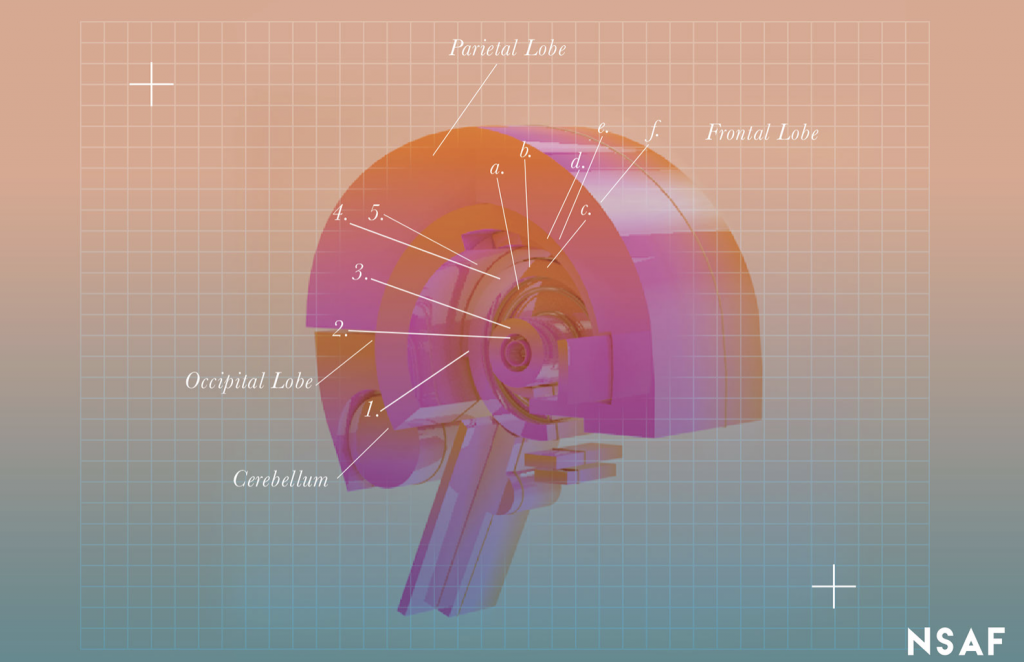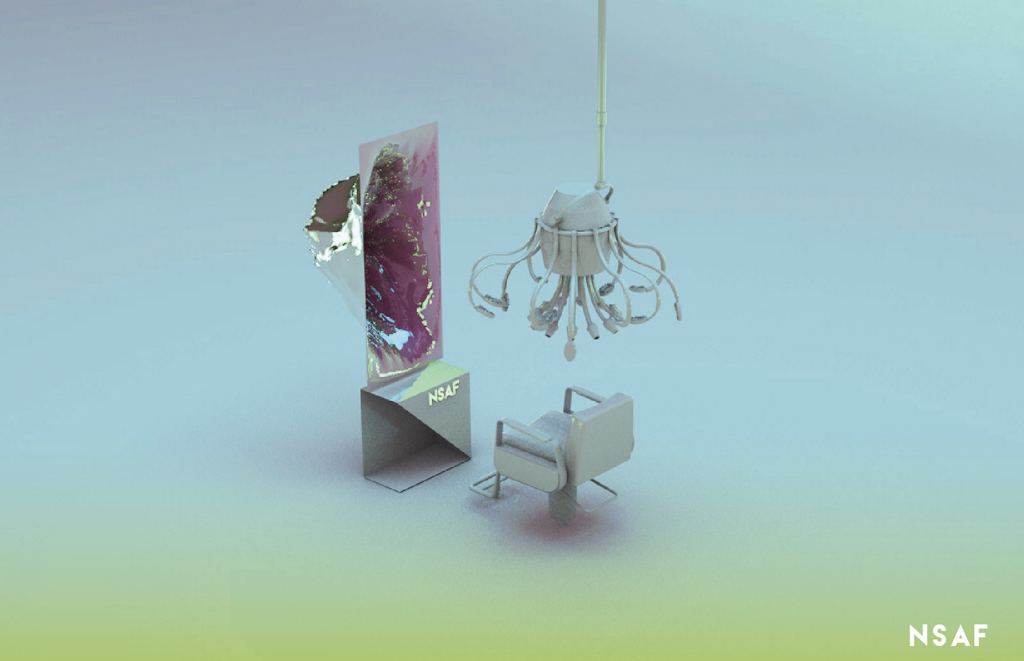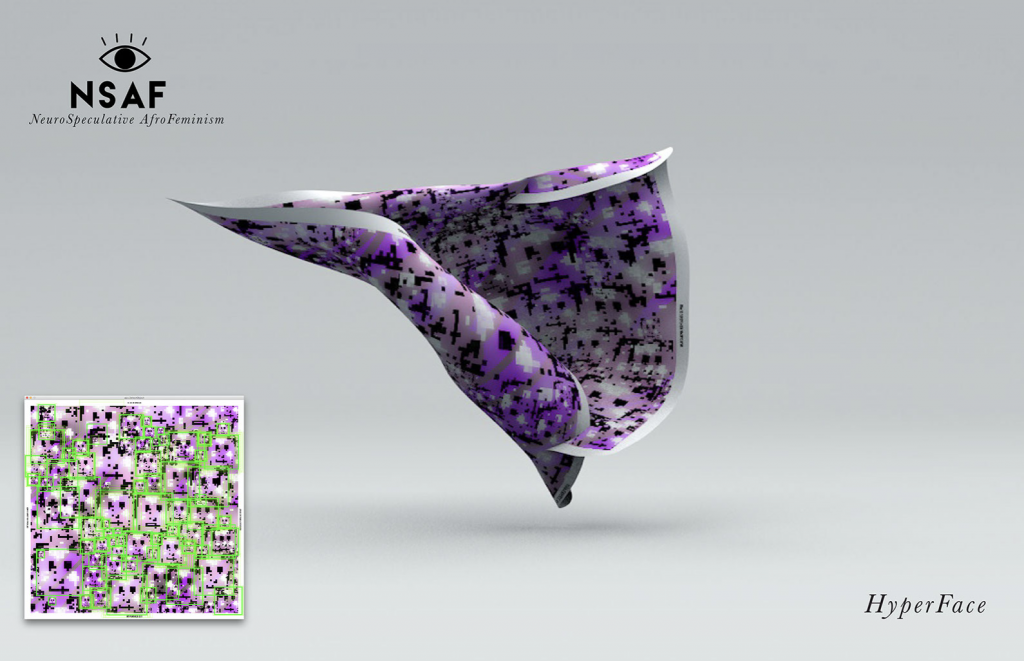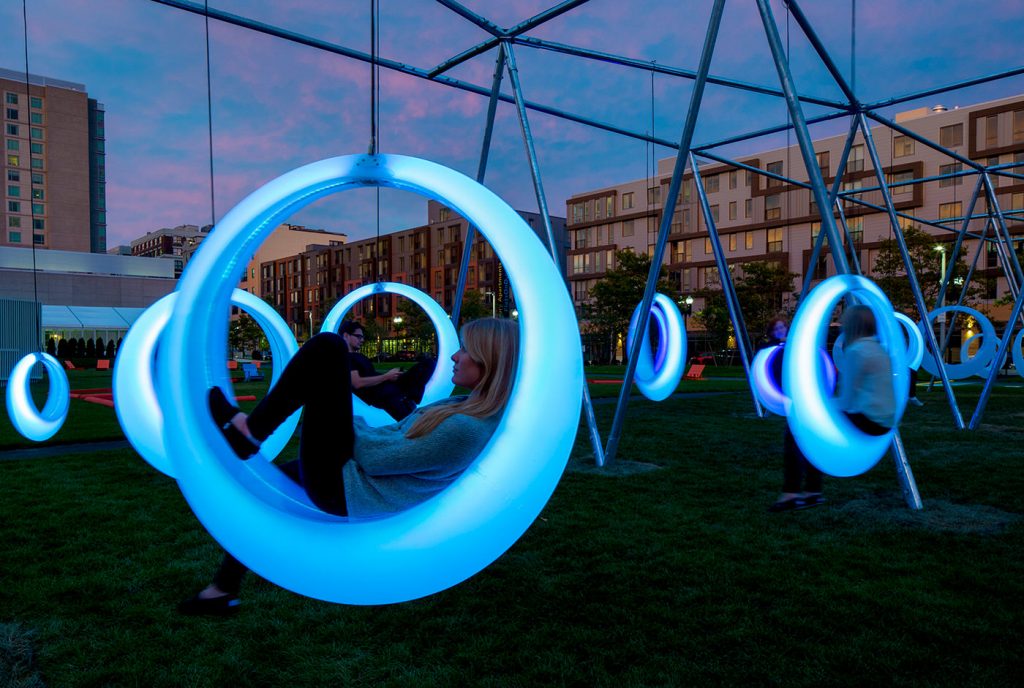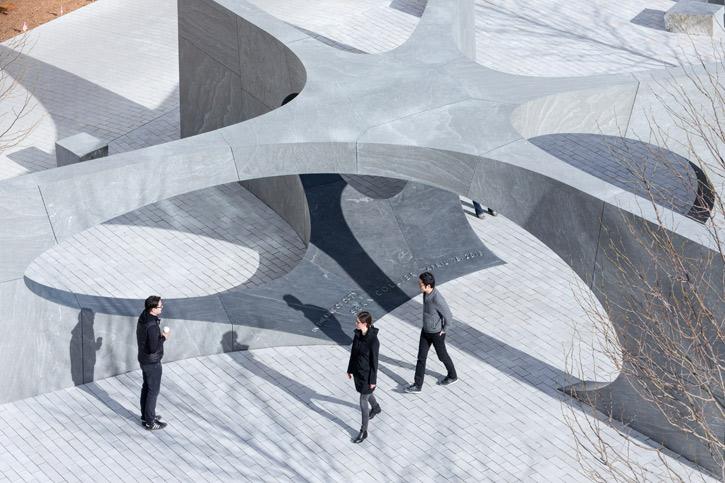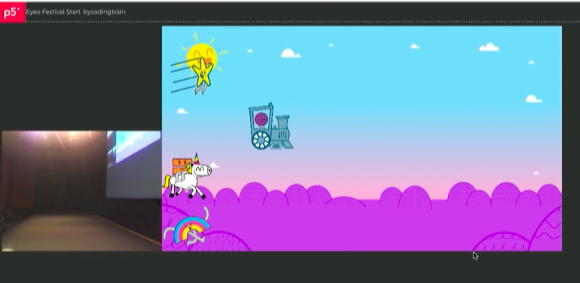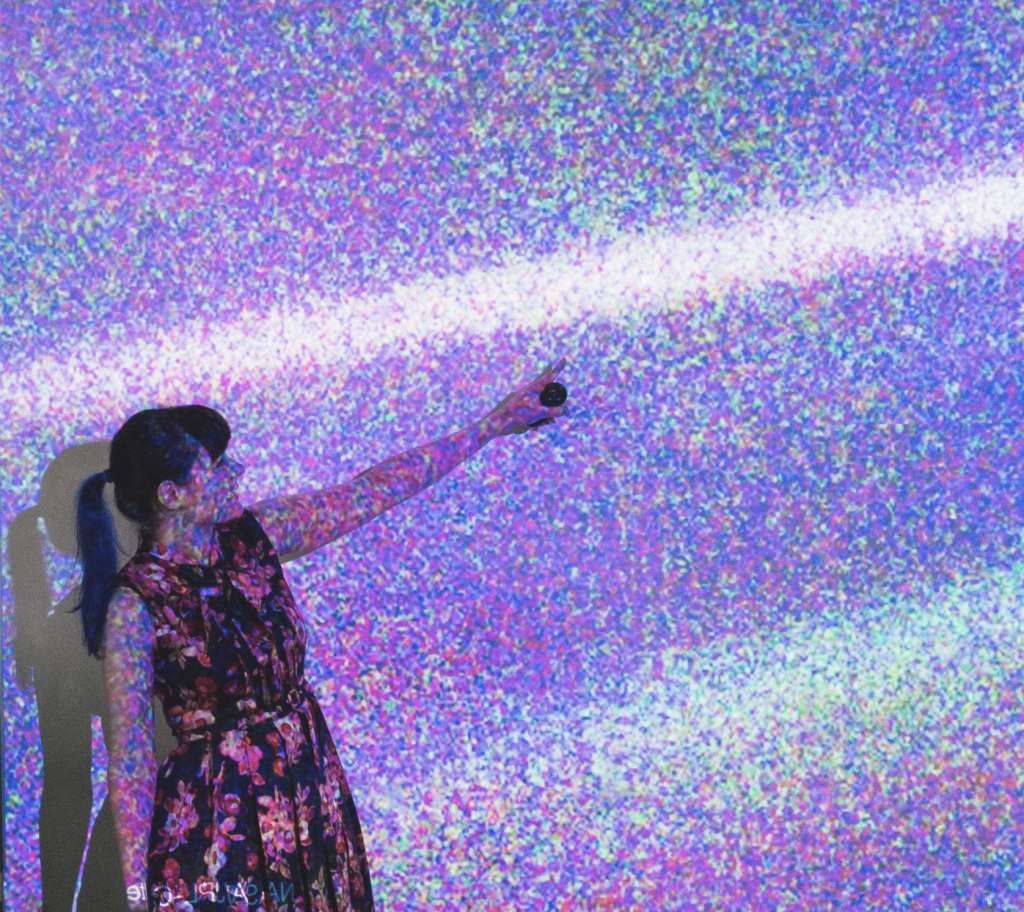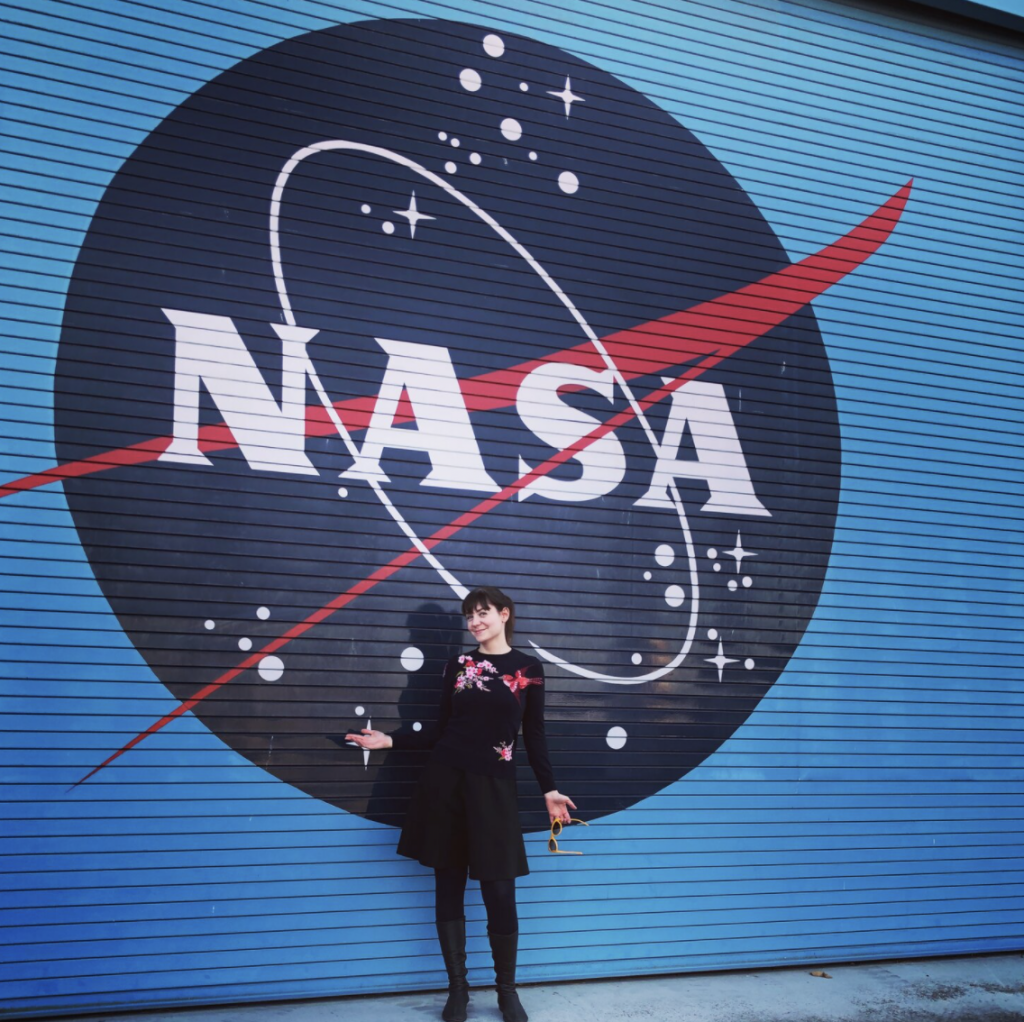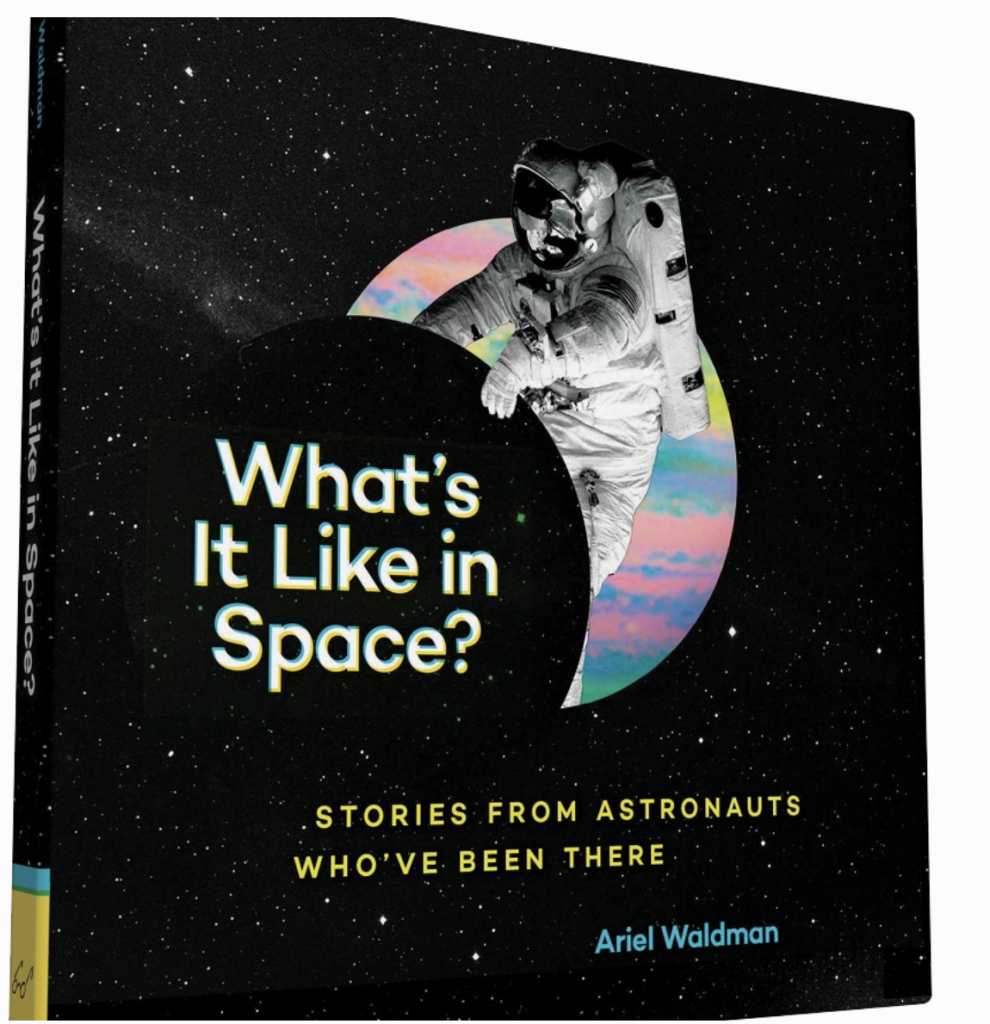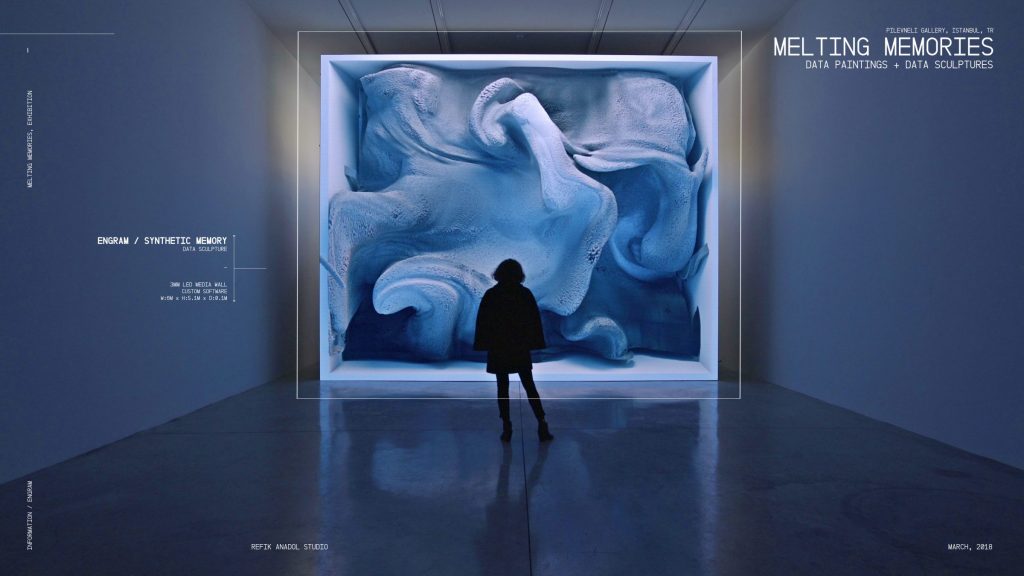Mariana Santos is a co-founder and CEO of Unicorn Interactive, an independent startup that focuses on storytelling through digital media. She worked as a director of animation and interactive at Fusion Media until 2016. She graduated from JSK Journalism Knight Fellowship at Stanford, working in major newsrooms across Latin America as a 2014 Knight International Journalism Fellow. Mariana Santos is a visual storyteller and a trained animator. She worked with a lot of newsrooms to create projects that convey datas as compelling stories through motion graphics. What I admire about Mariana Santos the most is that she leads design thinking in a multidisciplinary approach to storytelling. As a design major, I always realize how difficult it is to incorporate stories I want to convey visually. The way she combines design and storytelling into her work really shows not only what kind of designer and storyteller she is, but also shows who she is as an individual. Olympics 2012 in Numbers is an animation Mariana Santos worked on for theGuardian. For six months right until the Olympic Games arrived in London 2012, this video explores statistics and results about the Olympics and UK through data visualization. It’s interesting to see how numbers of statistics can be visually represented in such a way that it amazes me this animation was produced in 2012. She uses effective illustrations in parts that are necessary to enhance the quality of her storytelling, and her transitions are smooth so that it makes it easy for the audiences to read and understand the video. Also, she designed for a mobile first experience with responsive user design. This interactive design has all available information that can be seen and enjoyed in London during the Olympics Summer 2012. The fascinating part of this project is that it is an extension of storytelling and interactive design. Through her works, I learned the power of storytelling through visuals, and I hope to convey strong stories into my designs as well.
Mariana Santos’s Website: http://marysaints.com/
Olympics 2012 in Numbers video here

![[OLD FALL 2020] 15-104 • Introduction to Computing for Creative Practice](../../../../wp-content/uploads/2021/09/stop-banner.png)
